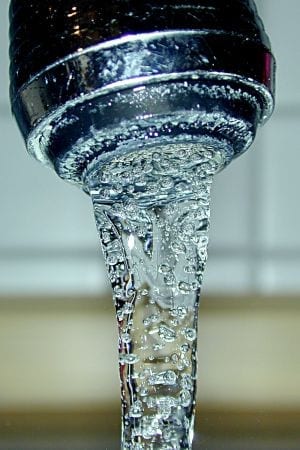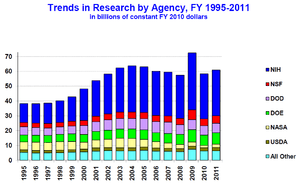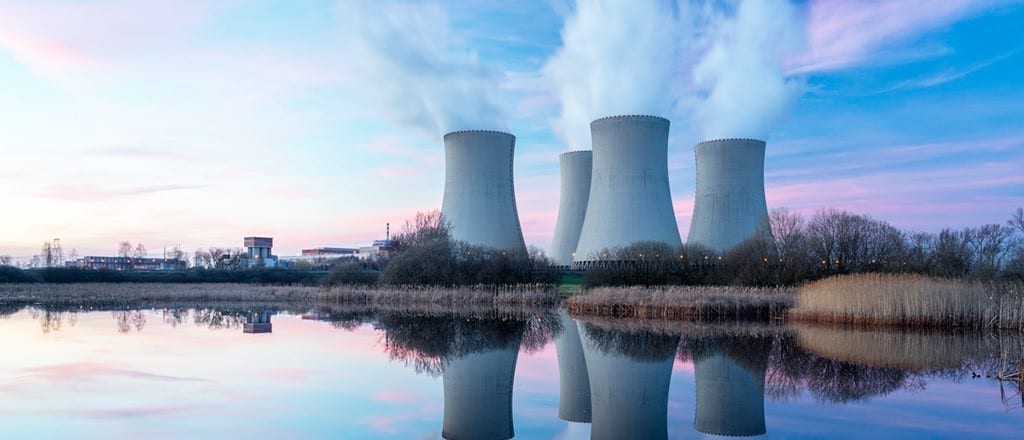A $16 device could provide a family of five with clean water for an entire year
About 780 million people—a tenth of the world’s population—do not have access to clean drinking water. Water laced with contaminants such as bacteria, viruses, lead and arsenic claims millions of lives each year. But an inexpensive device that effectively clears such contaminants from water may help solve this problem.
Thalappil Pradeep and his colleagues at the Indian Institute of Technology Madras developed a $16 nanoparticle water filtration system that promises potable water for even the poorest communities in India and, in the future, for those in other countries sharing the same plight. Although cheap filtration systems have been developed previously, this is the first one to combine microbe-killing capacity with the ability to remove chemical contaminants such as lead and arsenic. Because the filters for microbes and chemicals are separate components, the system can be customized to rid water of microbial contaminants, chemical contaminants or both, depending on the user’s needs.
In a report published yesterday in Proceedings of the National Academy of Sciences, Pradeep and his collaborators explain that the microbe filter relies on silver nanoparticles embedded in a cage made of aluminum and chitosan, a carbohydrate derived from the chitin in crustacean shells. The cage blocks macroscale water contaminants as well as protects the nanoparticles from sediments that would otherwise accumulate on their surfaces, thereby preventing them from releasing microbe-zapping ions.
The team used nanoparticles that release iron- and arsenic-trapping ions to make its chemical filter. But Pradeep notes that the “cage” technique can be used with other nanoparticles to target contaminants such as mercury.
The materials are added one by one into water and self-assemble into small sheets that resemble clay (see image below). These sheets are the “cages” that then hold on to the silver nanoparticles. Production requires no electricity because the claylike filters are made at room temperature. Every liter of water used to make the material goes to filtering 500 liters of water. “This is a room-temperature green synthesis, which means it can be deployed in any part of the world,” Pradeep says.
The Latest Bing News on:
Nanotech Filter
- My dog stinks — this $30 air filter and aromatherapy diffuser nixes his funky scent, and it's 50% offon April 25, 2024 at 3:22 pm
You can sweep, vacuum and mop over and over again, but a dog's scent is their mark on the world, and it's going to linger wherever they live. The way I see it, you can either lean into that "rugged," ...
- Adjusting To Wearing Hearing Aids: Background Sound & Audio Volume Guide Launchon April 25, 2024 at 11:17 am
The guide explains how the brain takes time to adjust to higher audio levels. Even familiar sounds may sound distorted or unnatural, including one's voice. Over time, the brain begins to process these ...
- New Water Filter Upcycles Cellulose for Cleaner Wateron April 25, 2024 at 9:04 am
In a recent study published in the journal Small Science , researchers from TU Wien discovered a unique way to purify water from waste cellulose. Günther Rupprechter and Qaisar Maqbool with a ...
- Nanofabrics to filter water of hazardous dyeson April 25, 2024 at 8:10 am
The researchers have used waste materials, such as old cleaning cloths and paper cups, which are then used to coat a fine nano-fabric to create an efficient filter for polluted water.
- Viltrox announces AF 40mm F2.5 Z, a full-frame autofocus prime lens for Z-mounton April 25, 2024 at 7:16 am
The small, lightweight prime lens features internal focusing and EXIF communication with Nikon Z-mount cameras. (Includes sample gallery.) ...
- arduino nanoon April 24, 2024 at 5:00 pm
An Arduino Nano is the heart of the build, paired with a shield that lets it run a number of servo motors. The servos, one per key, are each assembled into a 3D-printed bracket with a cam-driven ...
- Best Nano Cap Stocks Right Nowon April 24, 2024 at 5:00 pm
Investors who are looking for higher risk and more potential profit often turn to nano-cap stock options. A nano cap stock is a stock with a total market capitalization below $50 million.
- Nanofibers Rid Water of Hazardous Dyeson April 24, 2024 at 5:00 pm
The cellulose is utilized to coat a fine nano-fabric to create an efficient filter for polluted water. Organic dyes represent the largest group of synthetic dyes, including so-called azo compounds.
- Nanofibers rid water of hazardous dyes: Researchers develop efficient filters based on cellulose wasteon April 24, 2024 at 8:21 am
Using waste to purify water may sound counterintuitive. But at TU Wien, this is exactly what has now been achieved. Researchers have developed a special nanostructure to filter a widespread class of ...
- Xiaomi 14 Ultra review: Definitely made for photography enthusiastson April 24, 2024 at 12:59 am
Yahoo Singapore's resident cameraman, Jay Chan, is a very picky camera user. What does he think of the Xiaomi 14 Ultra and its bells and whistles?
The Latest Google Headlines on:
Nanotech Filter
[google_news title=”” keyword=”Nanotech Filter” num_posts=”10″ blurb_length=”0″ show_thumb=”left”]
The Latest Bing News on:
Nanoparticle water filtration system
- Nanofibers rid water of hazardous dyes: Researchers develop efficient filters based on cellulose wasteon April 24, 2024 at 8:22 am
Using waste to purify water may sound counterintuitive. But at TU Wien, this is exactly what has now been achieved. Researchers have developed a special nanostructure to filter a widespread class of ...
- Nanoparticles Derived from Waste Product Effectively Target Cancer Cellson April 23, 2024 at 10:00 am
Researchers from Tokyo University of Science (TUS) have developed nanoparticles from rice bran which demonstrated potent anticancer effects in mice models.
- 7 Asian Americans whose discoveries changed the worldon April 22, 2024 at 12:00 pm
Using information from research publications, Stacker compiled a list of seven Asian American scientists and technologists whose work changed the world.
- Advancing performance assessment of a spectral beam splitting hybrid PV/T system with water-based SiO₂ nanofluidon April 18, 2024 at 11:22 am
As the globe grapples with the urgent need to shift from fossil fuels to sustainable energy sources, solar power stands as a beacon of hope. However, a significant challenge has been to efficiently ...
- Removing PFAS from water will cost billions and take time. Here are ways to filter water at homeon April 17, 2024 at 7:00 am
Chemists invented PFAS in the 1930s to make life easier: Nonstick pans, waterproof clothing, grease-resistant food packaging and stain-resistant carpet were all made possible by PFAS. But in recent ...
- Coway Water Purifiers Certified for Microplastic Removalon March 27, 2024 at 5:01 pm
A certified water filtration system is proven to remove fine particles ranging ... Coway's reverse osmosis water purifiers are verified to reduce nanoparticles with an efficiency of over 99%. To date, ...
- 8 safer options to keep you hydrated and avoid harmful plasticson January 11, 2024 at 9:28 pm
A shocking new study found that bottled water sold in stores can contain up to 100 times more plastic than previously estimated. Nanoplastics are tiny nanoparticles of plastic one one-thousandth the ...
The Latest Google Headlines on:
Nanoparticle water filtration system
[google_news title=”” keyword=”nanoparticle water filtration system” num_posts=”10″ blurb_length=”0″ show_thumb=”left”]











